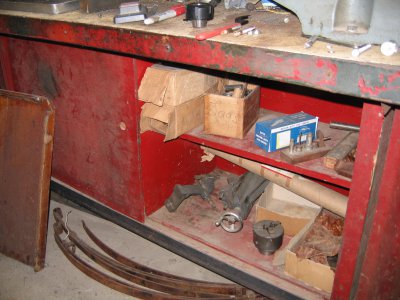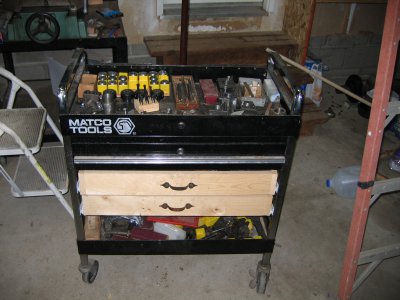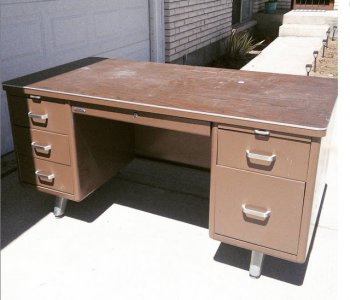- Joined
- Mar 17, 2018
- Messages
- 1,400
Funny, I actually like dachshunds. 2 of my friends have em. I've been wanting one of my own for a very long time now.
View attachment 312192


My shop is living proof of this!One thing that my father taught me many decades ago about setting up a workshop, horizontal surfaces collect junk! I therefore use tool boards, high narrow shelves designed to hold specific items, cabinets, and tool boxes! Works great for me.

Thanks for starting this thread, it's inspiring. Makes me want to finish what I started, backsplash, shelves, and more cabinets.
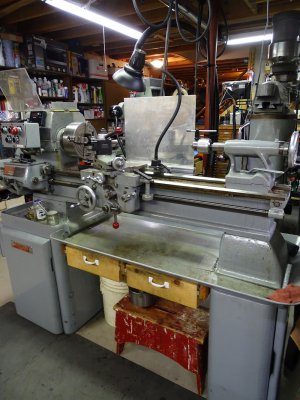
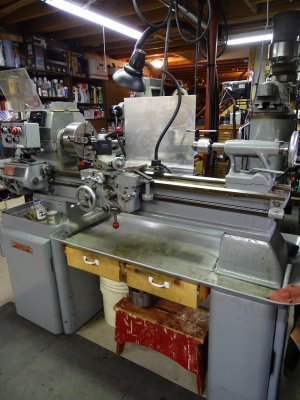
That is simple and utilitarian, very nice, and would really suit me. I only use brush on lubricants as well. A moving back splash would go well with the baking sheet that I have under the cutting area of my lathe.Rather than make a backsplash the extends the entire length of the lathe I made a shorter one that slides on a rail. It's only about 2' long, but can be positioned to cover almost any spot behind the lathe. It works for me mainly because I don't use flood coolant. Cutting oil or fluids are applied by a brush or squirt bottle.
View attachment 312523
If you look closely at the bottom there's a square tube with slots. There are 3 bolts with heads in the slots and the shank through the plate. There are small threaded knobs on the rear of the plate that can tighten the bolts in any position desired. For short work pieces the back splash can slide to the left until it reaches the headstock. For longer pieces it's centered behind the tool post.
Here's another pic.
View attachment 312524
Your thread gave me a hearty laugh. My machinist father-in-law used every square inch of space to put something on. It took me years to convince my dear wife to keep some clear space on the kitchen counter top. The day that I finally cleared the counter, she started making homemade bread, Yum. Afterwards she told me how nice that it was not to spend 20minutes clear a space. Yes, dear.One thing that my father taught me many decades ago about setting up a workshop, horizontal surfaces collect junk! I therefore use tool boards, high narrow shelves designed to hold specific items, cabinets, and tool boxes! Works great for me.
